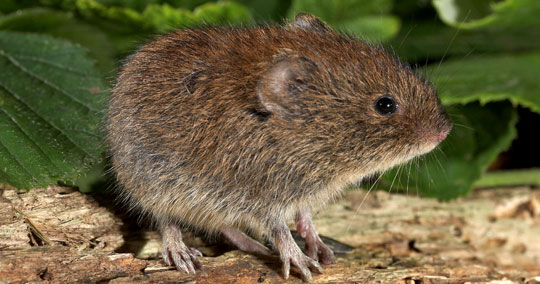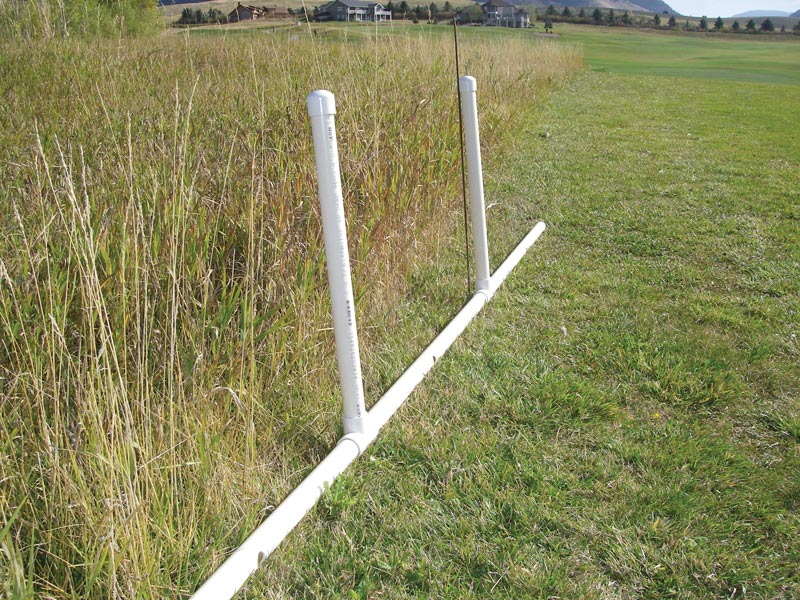Comprehensive Guide to Efficient Vole Parasite Control: Invasion Identification and Treatment Techniques
In the world of effective insect control, vole infestations present an unique obstacle that requires a calculated approach. By checking out the subtleties of vole behavior, understanding essential signs of infestation, and examining an array of control options, one can create a comprehensive method to battle these evasive pests.
Comprehending Vole Habits
Vole actions is defined by their burrowing habits and rapid reproduction rates, making them a tough insect to manage properly. These tiny rats generally create elaborate tunnel systems underground, using them for shelter, food storage, and transportation. Voles are herbivores, taking in a variety of plants, bulbs, origins, and grasses, which can trigger significant damages to gardens, orchards, and grass. Their rapid reproductive price further complicates control initiatives, with ladies efficient in generating numerous clutters in a single year, each having a number of offspring.
Voles are most energetic throughout the morning and night hours, investing the majority of their time foraging for food. Their burrowing practices not only interrupt yards and gardens but likewise make them testing to get rid of and discover. Comprehending vole habits is essential for effective bug control strategies. By determining their burrow areas, keeping track of feeding areas, and executing targeted control techniques, such as trapping or environment adjustment, vole invasions can be managed successfully.
Indicators of Vole Problem

Prevention Strategies
Carrying out effective avoidance techniques is essential in reducing vole invasions and protecting plant life from their damaging feeding habits. To avoid vole infestations, it is essential to begin by eliminating prospective food resources and shelter.
On a regular basis inspecting the residential property for indications of vole activity, such as paths and tunnel openings, is vital for very early detection and punctual action. If vole activity is thought, take into consideration using traps or repellents tactically placed near their paths.
Non-Lethal Control Approaches
To efficiently take care of vole populaces while focusing on humane methods, non-lethal control techniques supply practical remedies for decreasing vole damages in landscapes and gardens. One effective approach is making use of physical barriers such as hardware cloth or wire mesh to secure at risk plants. These barriers can be buried at the very least 12 inches curved and deep at a 90-degree angle to avoid voles from tunneling beneath. Additionally, habitat adjustment can hinder voles by lowering their chosen food resources and hiding places. Keeping a well-mowed grass, removing debris, and keeping greenery trimmed can make the environment less appealing to voles.

Lethal Control Options
One effective technique for addressing vole invasions in yards and landscapes entails the strategic use of dangerous control choices. When encountered with a severe vole invasion websites that non-lethal approaches have failed to include, executing dangerous control steps comes to be vital. One generally used dangerous control alternative is the usage of snap catches. These traps are developed to rapidly and humanely kill voles upon activation, making them a preferred selection for numerous garden enthusiasts and landscapers. To enhance the effectiveness of snap catches, it is recommended to place them in areas where vole activity is high, such as along paths or near burrow entries. Another dangerous control option is the application of harmful lures specifically created to target voles. These lures consist of toxin that is ingested by the voles, resulting in Going Here their ultimate demise. Nevertheless, caution should be exercised when using toxic lures to avoid harm to non-target pets or animals. On the whole, when utilizing lethal control choices, it is vital to do so responsibly and based on local laws to effectively manage vole infestations.
Final Thought
To conclude, efficient vole bug control calls for an extensive understanding of vole behavior, identification of signs of problem, implementation of avoidance strategies, and utilization of both non-lethal and deadly control browse around this site techniques. By incorporating these approaches, people can properly handle vole populations and safeguard their home from damage. It is necessary to address vole invasions promptly to avoid more concerns and lessen the influence on the surrounding atmosphere.
Provided the detailed tunnel systems and fast reproduction prices characteristic of voles, recognizing the indications of vole invasion comes to be necessary in effective pest control. One of the primary indications of vole presence is the presence of surface area runways or trails in lawn or snow, typically regarding 1-2 inches wide, produced as voles take a trip between their burrows and food resources.To efficiently take care of vole populaces while prioritizing gentle techniques, non-lethal control techniques provide functional options for minimizing vole damages in yards and landscapes.One reliable method for resolving vole problems in landscapes and gardens involves the critical usage of dangerous control options. vole yard damage.In verdict, reliable vole parasite control needs a detailed understanding of vole actions, identification of indicators of problem, implementation of prevention techniques, and usage of both non-lethal and deadly control methods